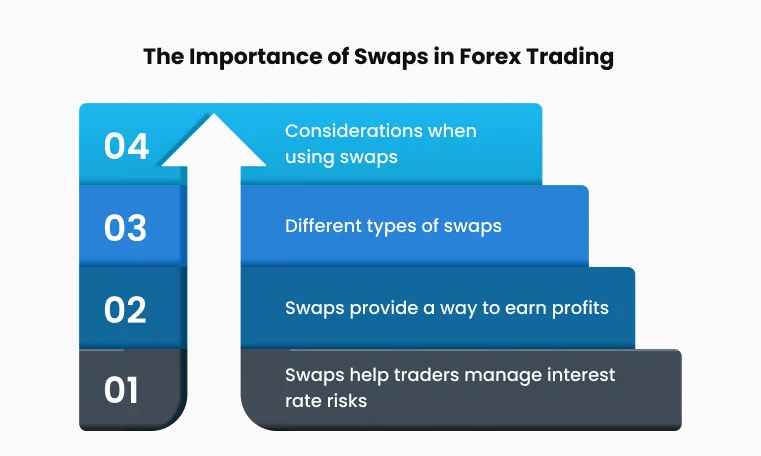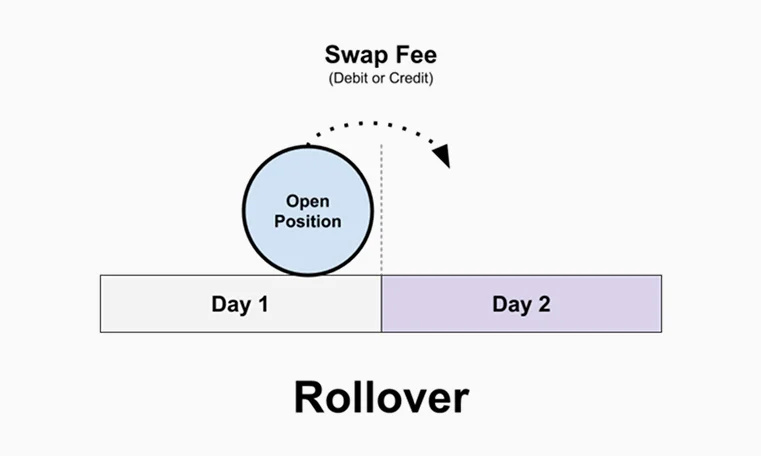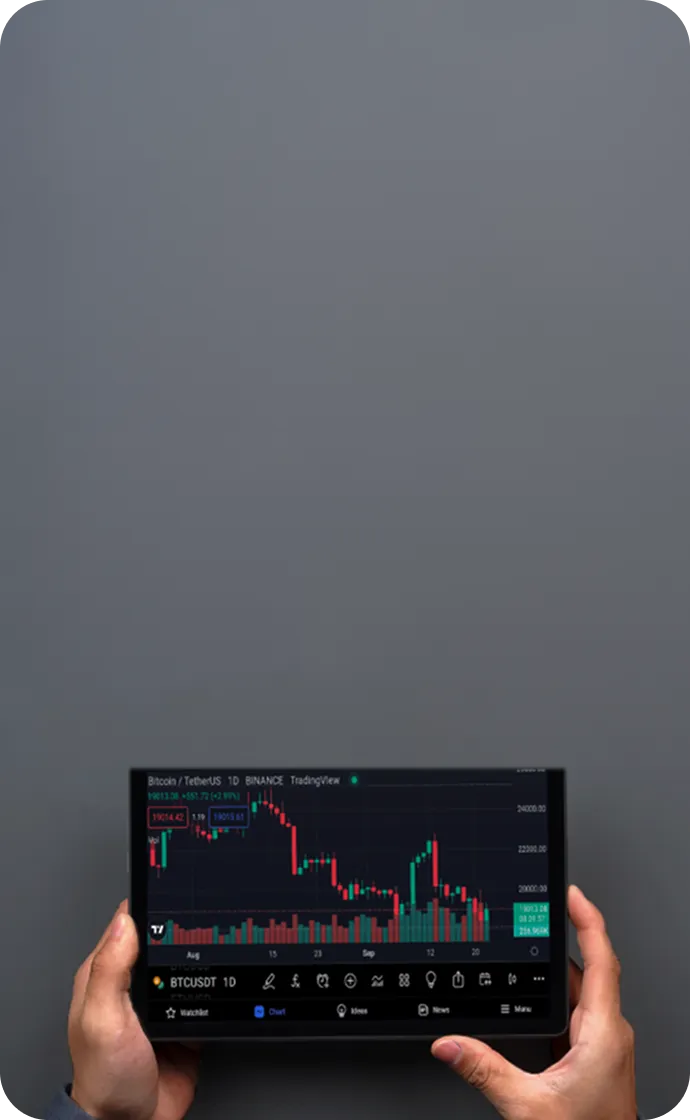

Understanding Swap and Spread in Trading: A Comprehensive Guide
In the trading industry, especially within forex and CFD markets, you will often come across the terms "swap" and "spread." Grasping these concepts is essential for effectively managing your trading expenses and crafting successful strategies. This detailed guide will clarify the meanings of swap and spread, their impact on your trades, and key information regarding swap charges.
What is Spread?
The spread is the difference between the buy (ask) price and the sell (bid) price of a financial instrument. It represents the cost of executing a trade and constitutes the broker’s profit.

Key Points about Spread
Measurement
Spreads are usually expressed in pips, which are the smallest incremental movements in a given exchange rate.
Types of Spread
Fixed Spread: Remains unchanged regardless of market conditions.
Variable Spread: Varies according to market liquidity and volatility.
Factors Affecting Spread
- Market volatility
- Asset liquidity
- Time of day (spreads tend to widen during periods of lower liquidity)
- Major news releases or economic events
Impact on Trading
- Wider spreads increase trading costs
- Traders must consider the spread when setting take-profit and stop-loss orders
Example of Spread Calculation
Suppose you are trading EUR/USD:
- The bid price (sell price) is 1.1000
- The ask price (buy price) is 1.1002
The spread is the difference: 1.1002 - 1.1000 = 0.0002, or 2 pips.
If trading a standard lot (100,000 units), the cost of the spread is 0.0002 * 100,000 = $20
This means the market must move at least two pips in your favor to break even on the trade.
What is Swap?
Swap, also known as rollover, is the interest charged or earned for holding a forex position overnight.

Key Points about Swap
Concept
Swap is determined by the interest rate differential between the two currencies in the pair you are trading.
Calculation
Swap is calculated based on position size, current interest rates of the involved currencies, and whether you are buying or selling the pair.
Swap Rates
Swap rates can be positive (earning interest) or negative (paying interest).
Triple Swap
On Wednesdays, many brokers apply a triple swap charge to account for the weekend holding period.
Timing
Swap is generally applied at 5 PM EST (or 10 PM GMT during daylight saving time), marking the start of the new forex trading day.
Factors Influencing Swap Rates
Interest Rate Differentials
The primary determinant of swap rates is the difference in interest rates between the two currencies in the pair.
Central Bank Policies
Monetary policy changes can significantly influence interest and swap rates.
Market Conditions
Swap rates may become more volatile during periods of economic uncertainty.
Broker Markup
Some brokers apply a markup to the interbank swap rates.
What is a Swap Fee?
A swap fee is the cost or income associated with holding a position overnight.

Important Aspects of Swap Fees
Purpose
Compensates for the interest rate differential between currencies.
Application
Applied at the close of each trading day (typically 5 PM EST in forex).
Variability
Swap fees fluctuate based on market conditions and central bank policies.
Long vs. Short Positions
Depending on whether you hold a long or short position in a currency pair, you may either pay or receive swap fees.
Impact on Strategy
Swap fees can have a significant impact on the profitability of long-term trades, especially carry trades.
Example of Swap Fee Calculation
Assume you are long one lot of USD/JPY, and the daily swap rate for a long position is -0.18 pips.
One pip on one lot of USD/JPY (assuming an exchange rate of 110.00) is approximately worth $9.09.
Therefore, the daily swap fee is: -0.18 * $9.09 = -$1.64
Holding this position for 30 days results in a total swap fee of 30 * -$1.64 = -$49.20
How Swap and Spread Affect Your Trading
Cost Consideration
Both swaps and spreads contribute to the overall trading costs. Traders should incorporate these into their profit and loss calculations.
Strategy Implications
- Day traders are more sensitive to spreads
- Swing and position traders need to carefully consider swap rates
Broker Selection
Evaluating spreads and swap rates is essential when selecting a broker.
Risk Management
Understanding these costs enables more precise setting of stop-loss and take-profit levels.
Advanced Concepts
Carry Trades
Carry trades involve buying a currency with a higher interest rate while selling one with a lower rate. Traders seek to profit from the interest rate differential (positive swap) alongside potential price appreciation.
Example:
Buying AUD/JPY when Australian interest rates are significantly higher than Japanese rates.
Impact on Different Trading Styles
Scalping
Scalpers are highly sensitive to spreads and execute many trades within short time frames. They generally avoid holding positions overnight to prevent swap fees.
Day Trading
Day traders focus on intraday price movements and are mainly concerned with spreads. They typically close positions before swap fees are applied.
Swing Trading
Swing traders hold positions for several days or weeks and must account for both spreads and swap fees in their trading strategies.
Position Trading
Swap fees have a significant effect on long-term traders. Positive swaps can enhance profits, while negative swaps may reduce gains over time.
Swap-Free (Islamic) Accounts
Certain brokers offer swap-free accounts, also called Islamic accounts, which do not charge or pay swap fees. These accounts comply with Islamic finance principles that prohibit interest charges or earnings.
Note: Although these accounts do not incur swap fees, they may have other fees or restrictions to offset the absence of swap charges.
Trading with TMGM: Applying Your Knowledge of Swap and Spread
As you have learned, understanding swaps and spreads is essential for effective trading. When trading with TMGM (Trademax Global Markets), you can leverage this knowledge to enhance your trading strategy. Here’s how TMGM’s offerings align with these key concepts:
Competitive Spreads with TMGM
TMGM is recognized for providing competitive spreads across a broad range of financial instruments:
- Forex Pairs
TMGM offers tight spreads on major, minor, and exotic currency pairs. For instance, spreads on EUR/USD can be as low as 0.0 pips on ECN Raw accounts.
- CFDs
Whether trading indices, commodities, or cryptocurrencies, TMGM provides competitive spreads to help reduce your trading costs.
- Transparency
TMGM offers transparent information about their spreads, enabling you to accurately estimate your trading costs.
TMGM’s Trading Platforms and Swap/Spread Information
TMGM provides both MetaTrader 4 (MT4) and MetaTrader 5 (MT5) platforms, which offer easy access to spread and swap data:
- Real-Time Spreads
Participate in educational sessions that frequently cover topics related to trading costs and strategy optimization.
- Swap Rate Access
You can view swap rates for any instrument by right-clicking it in the Market Watch window and selecting "Specification."
- Swap Calculation
The platforms automatically calculate and apply swap fees to your positions, which you can review in your account history.
Educational Resources
TMGM is dedicated to trader education and offers resources to help you understand concepts such as swap and spread:
- Trading Guides
Access comprehensive guides explaining trading costs, including detailed coverage of spreads and swaps.
- Webinars and Seminars
Join educational sessions that often address trading costs and strategy enhancement.
- Personal Account Managers
Receive personalized assistance to understand how spreads and swaps affect your trading approach.
Maximizing Your Trading with TMGM
- Select the account type that best suits your trading style.
- Precisely calculate your expected trading costs.
- Make informed decisions about holding positions overnight.
- Leverage TMGM’s educational materials to continuously enhance your trading strategy.
- Effectively utilize TMGM’s platforms and tools to monitor and manage your trading expenses.
Remember, successful trading involves not only forecasting market movements but also managing costs and understanding market mechanics. With TMGM’s competitive offerings and your knowledge of swaps and spreads, you can navigate the markets more efficiently.
Stay updated on the latest rates and any changes in trading conditions. TMGM’s customer support team is available to assist with any questions about spreads, swap rates, or other aspects of your trading account.
Visit TMGM today to explore their platform and elevate your trading. Whether you are a beginner or seeking to refine your strategy, TMGM provides the tools and support necessary for success in the markets.
Trade Smarter Today






Account
Account
Instantly



